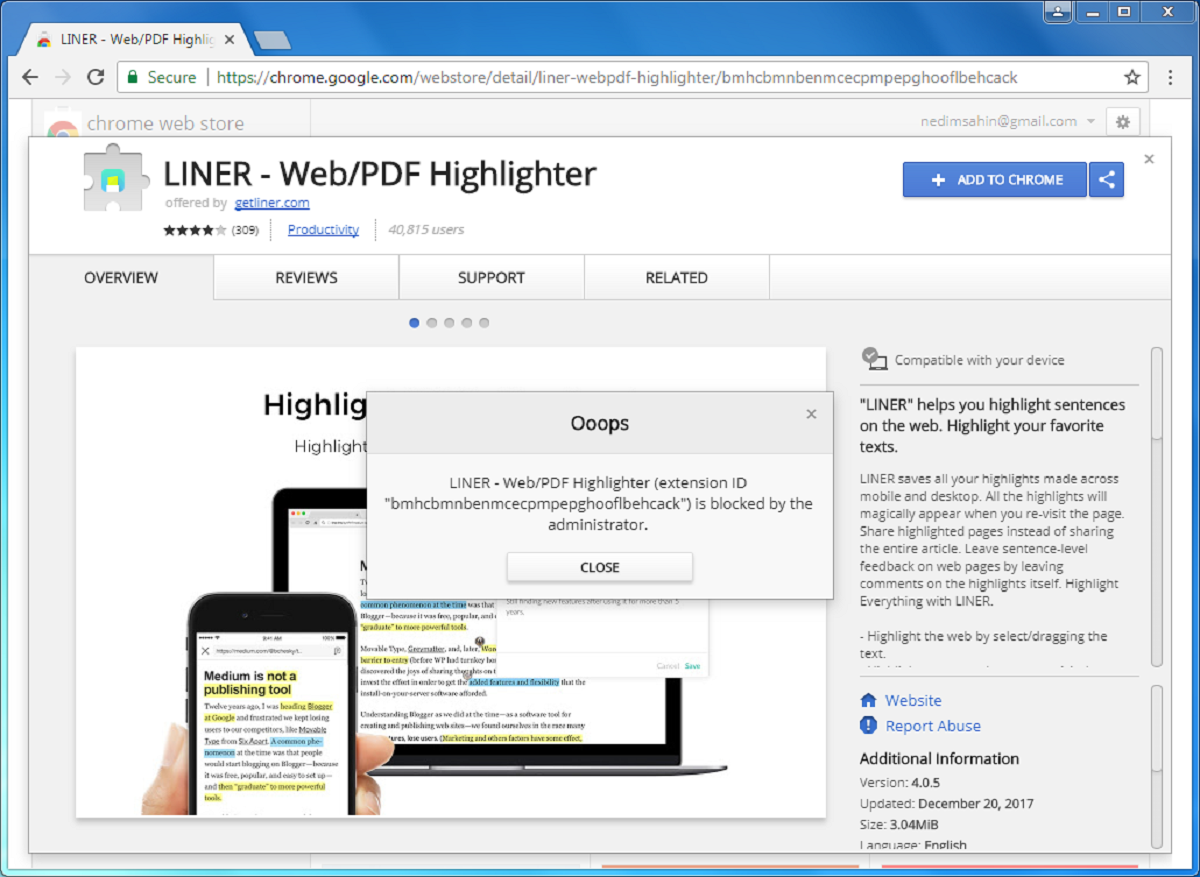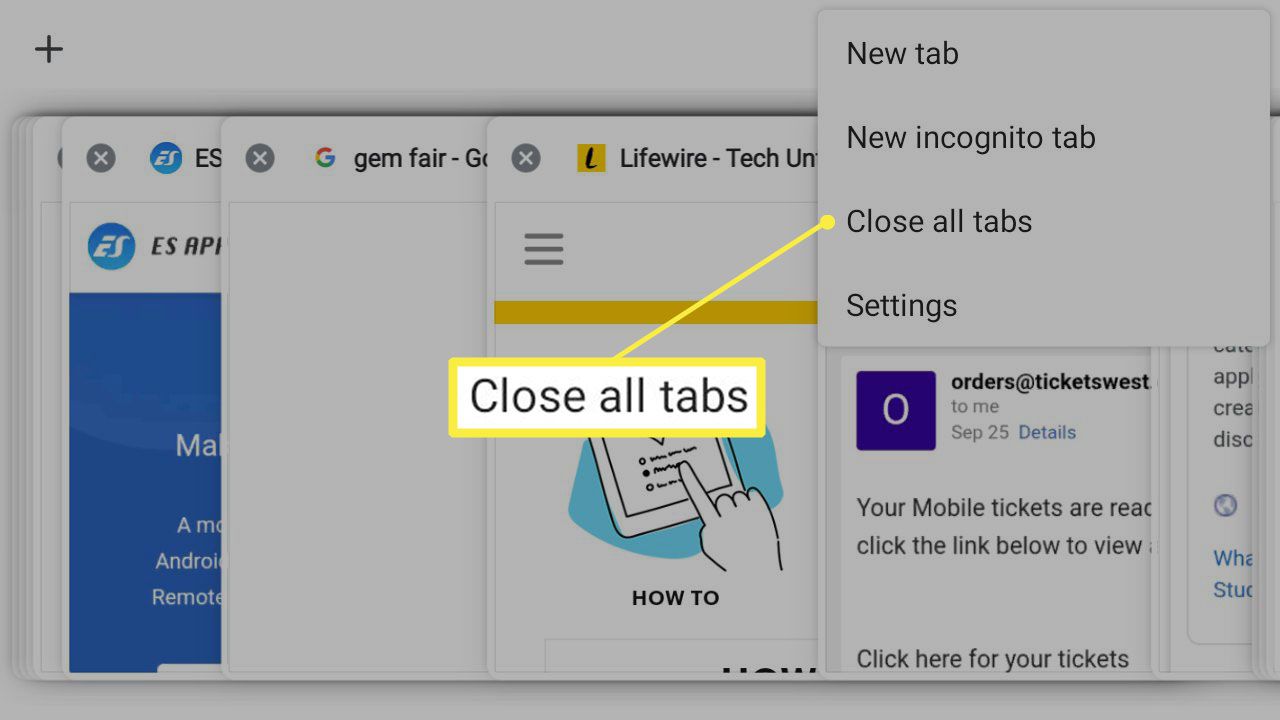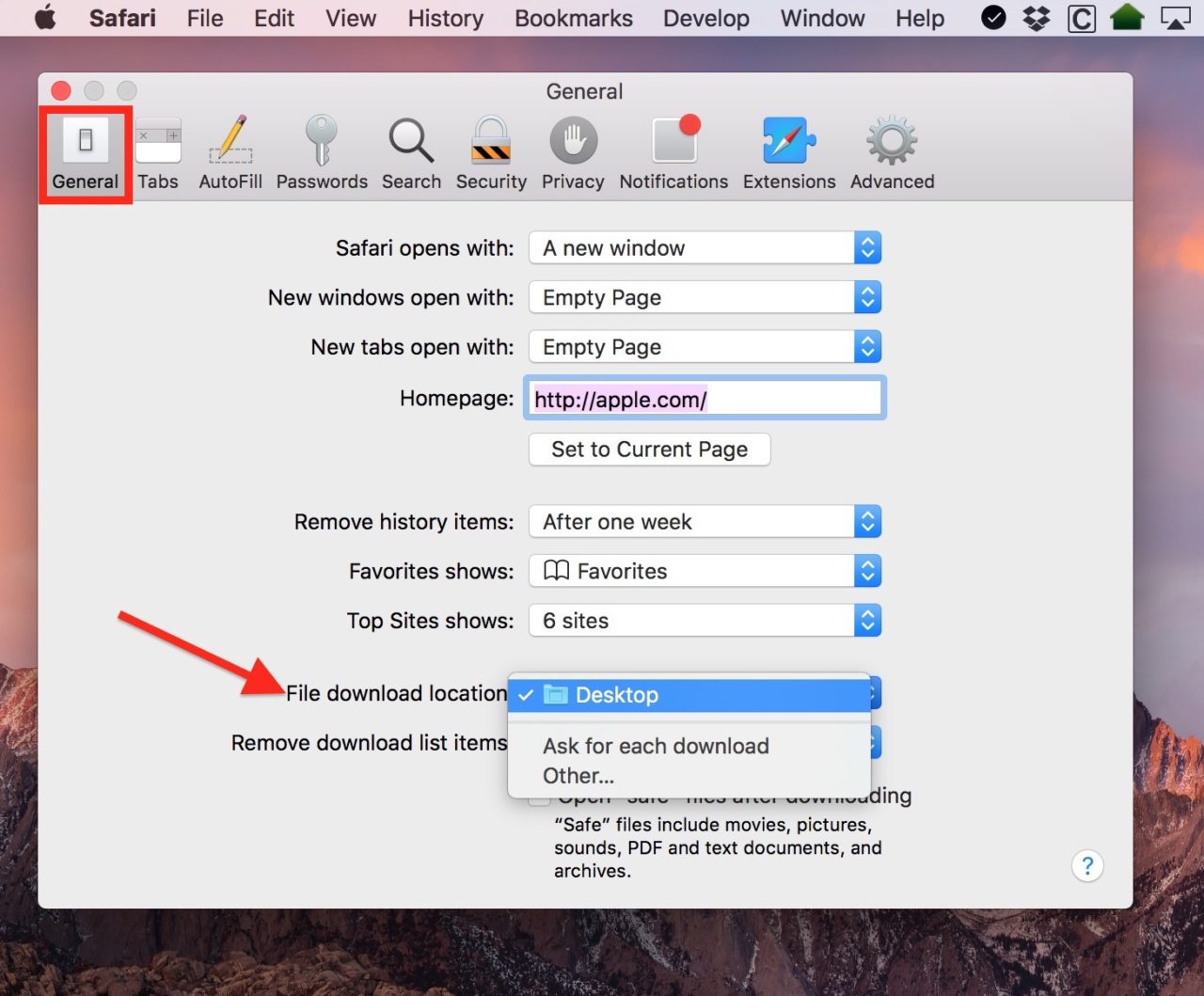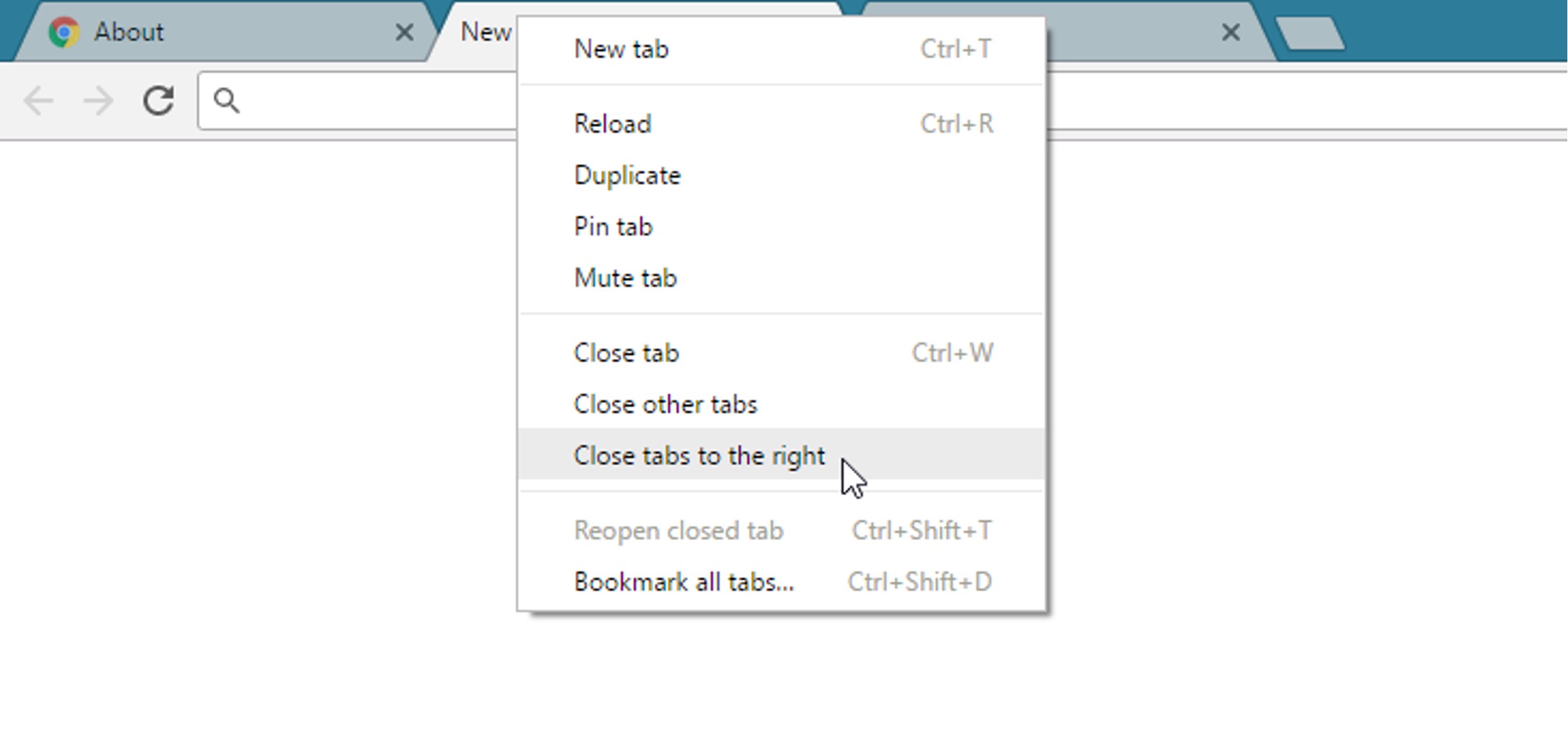Introduction
When you open your web browser and notice the unsettling message "Managed by an organization," it's natural to feel a pang of confusion and concern. You might wonder, "Why is my browser managed by an organization, and what does this mean for my online activities?" This enigmatic notification can leave users feeling like they've stumbled into uncharted digital territory, prompting a quest for answers and solutions.
The phrase "Managed by an organization" can appear in various web browsers, including Google Chrome, Microsoft Edge, and others. It typically indicates that your browser settings are being controlled by an external entity, such as your employer, school, or an application installed on your device. This level of management can impact your browsing experience, from the websites you can access to the extensions you can install.
In this article, we'll delve into the intricacies of browser management by an organization, shedding light on the reasons behind this phenomenon and providing actionable insights for those seeking to regain control of their browsing environment. Whether you're a curious individual navigating the digital landscape or a professional grappling with managed browser settings in a corporate environment, this exploration aims to demystify the concept and empower you with the knowledge to navigate your online experience with confidence.
What Does "Managed By An Organization" Mean?
The phrase "Managed by an organization" appearing in your web browser signifies that your browsing activities are subject to external control and supervision. This level of management is commonly implemented in organizational settings, such as workplaces, schools, and other institutions, to regulate and monitor the online behavior of users. When a browser is managed by an organization, it implies that certain policies, configurations, and restrictions are enforced to align with the objectives and guidelines set by the managing entity.
In practical terms, browser management by an organization can manifest in several ways. For instance, the organization may impose restrictions on the installation of browser extensions, dictate the default search engine, enforce browsing policies, and even monitor internet usage. These measures are often implemented to enhance security, enforce compliance with organizational guidelines, and ensure productivity in the context of a professional or educational environment.
Moreover, the "Managed by an organization" status can also indicate that the browser settings are being controlled by a specific software installed on the device. This software, often referred to as Mobile Device Management (MDM) or Enterprise Mobility Management (EMM) software, is commonly utilized by businesses and educational institutions to manage and secure devices used by employees or students. Through this software, administrators can remotely configure and monitor browser settings, ensuring that devices adhere to the organization's policies and security standards.
Understanding the implications of a browser being managed by an organization is crucial for users, as it directly impacts their browsing experience and the extent of control they have over their online activities. Whether it involves adhering to workplace guidelines, complying with educational institution policies, or navigating the regulations imposed by a specific software, being aware of this status enables users to make informed decisions and take appropriate actions to align with the management parameters.
In the subsequent sections, we will explore the reasons behind browser management by an organization, how to determine if your browser is subject to such management, and actionable steps to regain control over your browsing environment. This knowledge equips users with the insights and tools necessary to navigate the digital realm with autonomy and confidence.
Reasons Your Browser May Be Managed By An Organization
There are several compelling reasons why your web browser may be subject to management by an organization. Understanding these underlying factors provides valuable insights into the motivations behind this phenomenon:
-
Workplace Policies and Security: In a professional setting, employers often implement browser management to enforce security protocols, restrict access to non-work-related websites, and prevent the installation of unauthorized extensions. By managing browsers, organizations can mitigate security risks, safeguard sensitive data, and ensure that employees adhere to acceptable usage policies. This proactive approach helps maintain a secure and productive work environment while minimizing the potential impact of cybersecurity threats.
-
Educational Institution Guidelines: Schools and universities may manage browsers to regulate internet usage among students and faculty members. This can involve enforcing content filtering to restrict access to inappropriate websites, promoting responsible online behavior, and aligning with educational objectives. By managing browsers, educational institutions aim to create a safe and focused digital learning environment while fostering a culture of responsible internet usage.
-
Compliance with Regulatory Standards: Certain industries, such as healthcare and finance, are bound by stringent regulatory standards governing data privacy and security. To ensure compliance with these regulations, organizations may manage browsers to enforce encryption protocols, restrict access to non-compliant websites, and monitor online activities. By doing so, they uphold industry-specific standards and mitigate the risk of regulatory violations.
-
Mobile Device Management (MDM) Software: In the context of enterprise mobility, organizations utilize MDM software to manage and secure devices used by employees. This includes controlling browser settings, enforcing security configurations, and remotely monitoring device usage. MDM software enables organizations to maintain a standardized and secure digital infrastructure, particularly in environments where employees use company-issued mobile devices for work-related tasks.
-
Enhanced Productivity and Resource Management: Browser management can also serve as a means to optimize productivity and resource allocation within organizations. By regulating internet usage, restricting access to time-wasting websites, and preventing the installation of unapproved applications, organizations can streamline workflows and ensure that digital resources are utilized efficiently.
By recognizing these reasons, users gain a deeper understanding of the rationale behind browser management by an organization. This awareness empowers individuals to navigate the digital landscape with a nuanced perspective, enabling them to adapt to the management parameters while seeking solutions to align with their browsing preferences and requirements.
How to Check if Your Browser is Managed By an Organization
Determining whether your web browser is managed by an organization is a pivotal step in understanding and addressing the implications of this status. Fortunately, various methods can help you ascertain if your browser settings are subject to external management. Here's how to check if your browser is managed by an organization:
1. Browser Settings:
Begin by examining your browser settings to identify any indications of external management. In Google Chrome, for instance, you can navigate to the "chrome://management" URL to view details about the management status and the entity responsible for the management. Similarly, in Microsoft Edge, you can access the browser settings to check for any notifications or labels indicating organizational management.
2. Policy Information:
Many managed browsers display policy information that provides insights into the specific configurations and restrictions enforced by the managing entity. In Google Chrome, you can enter "chrome://policy" in the address bar to view detailed information about the policies applied to your browser. This includes restrictions on extensions, browsing behavior, and other settings governed by the organization.
3. Device Management Software:
If you suspect that your browser is managed by an organization due to the use of Mobile Device Management (MDM) or Enterprise Mobility Management (EMM) software, you can check for the presence of such software on your device. Navigate to your device's settings or control panel to locate the installed applications or management profiles that may be controlling your browser settings.
4. Consult IT or System Administrators:
In a workplace or educational environment, reaching out to the IT department or system administrators can provide clarity regarding the management status of your browser. They can offer insights into the specific policies and configurations in place, as well as guidance on navigating the managed environment in compliance with organizational guidelines.
By employing these methods, you can gain a comprehensive understanding of whether your browser is managed by an organization and the extent of control exerted over your browsing activities. This awareness serves as a crucial foundation for making informed decisions and taking proactive steps to address any management-related concerns.
This section provides valuable insights into the process of determining browser management, empowering users to navigate their digital environment with clarity and agency.
How to Remove Browser Management by an Organization
If you find yourself in a situation where you need to remove browser management by an organization, it's essential to approach this process with a clear understanding of the implications and potential challenges involved. While the ability to remove organizational management may be limited in certain scenarios, there are steps you can take to regain a degree of control over your browsing environment. Here's a comprehensive guide on how to address browser management by an organization:
1. Review Organizational Policies:
Before attempting to remove browser management, familiarize yourself with the policies and guidelines established by the managing entity. Understanding the rationale behind the management and the specific restrictions in place can provide valuable insights into the scope of control you may have over your browser settings.
2. Request Policy Adjustments:
If the browser management is implemented within a workplace or educational institution, consider engaging in a constructive dialogue with the relevant administrators or IT department. Express your concerns and discuss the possibility of adjusting certain policies to accommodate your browsing requirements while aligning with organizational guidelines.
3. Explore Alternative Browsing Options:
In situations where the removal of organizational management is not feasible, consider utilizing alternative browsers for personal or non-work-related activities. By using a separate browser with independent settings, you can navigate the web without being subject to the restrictions imposed by the managed browser.
4. Seek Technical Support:
If you encounter technical challenges or uncertainties while attempting to address browser management, seek assistance from technical support resources provided by the managing entity or relevant software vendors. They can offer guidance on navigating managed browser settings and addressing specific concerns within the parameters of organizational policies.
5. Evaluate Device Management Settings:
For users subject to browser management through Mobile Device Management (MDM) or Enterprise Mobility Management (EMM) software, review the device management settings to understand the extent of control exerted over your browser. Depending on the organization's policies, there may be limitations on modifying certain configurations.
6. Consider Personal Device Usage:
In scenarios where organizational policies permit personal device usage alongside managed devices, consider leveraging personal devices for browsing activities that are not conducive to the restrictions imposed by the managed browser. This approach allows you to maintain a degree of autonomy over your browsing experience.
7. Adhere to Organizational Guidelines:
While exploring options to address browser management, it's crucial to prioritize compliance with organizational guidelines and policies. By navigating the managed environment in a responsible manner, you can mitigate potential conflicts and demonstrate a proactive approach to aligning with the established parameters.
By following these steps, you can navigate the complexities of browser management by an organization with a proactive and informed mindset. While complete removal of organizational management may not always be feasible, these strategies empower you to adapt to the managed environment while seeking solutions that align with your browsing preferences and requirements.
Conclusion
In conclusion, the presence of "Managed by an organization" in your web browser signifies a significant level of control and supervision over your browsing activities. Whether implemented in a professional, educational, or device management context, this status reflects the enforcement of policies, configurations, and restrictions aimed at aligning with the objectives and guidelines set by the managing entity. Understanding the reasons behind browser management by an organization, such as enhancing security, enforcing compliance, and optimizing productivity, provides valuable insights into the motivations driving this phenomenon.
As users navigate the digital landscape, the ability to determine if their browser is managed by an organization is pivotal in gaining clarity and agency over their online experience. By leveraging methods such as reviewing browser settings, accessing policy information, and consulting with IT or system administrators, individuals can ascertain the extent of external management and make informed decisions regarding their browsing activities.
While the prospect of removing organizational management from a browser may pose challenges in certain scenarios, the proactive approach outlined in this exploration empowers users to address this status with a nuanced understanding. By engaging in constructive dialogue with relevant administrators, exploring alternative browsing options, seeking technical support, and adhering to organizational guidelines, individuals can navigate the managed environment while seeking solutions that align with their browsing preferences and requirements.
Ultimately, the presence of "Managed by an organization" in your web browser serves as a reminder of the dynamic interplay between digital autonomy and organizational oversight. By embracing a proactive and informed mindset, users can adapt to the managed environment, prioritize compliance with policies, and explore avenues for aligning their browsing experience with their individual needs and preferences.
In essence, the journey from encountering the enigmatic notification of browser management by an organization to gaining insights, exploring solutions, and navigating the managed environment reflects the resilience and adaptability inherent in the digital realm. This knowledge equips users with the tools necessary to navigate the complexities of browser management with clarity, autonomy, and a proactive approach to addressing their browsing requirements.

























